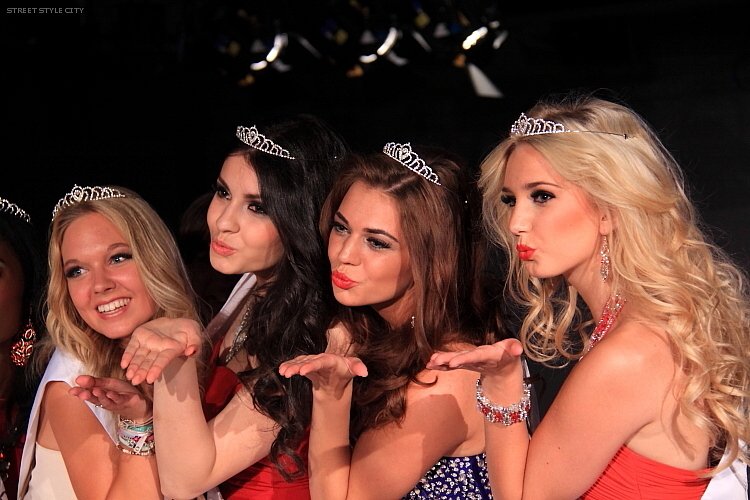
Introduction
The concept of a Keynesian Beauty Contest is a theoretical competition in which the participants are rewarded based on their ability to pick the most popular contestants.
Put more simply, this describes any sort of competition where rewards are distributed to those who pick the winners. Sound familiar? Just replace 'rewards' with 'currency', and 'winners' with 'successful posts', and you'll realize how directly this theory applies to Steemit.
Solution
The correct strategy for such a contest is described by John Maynard Keynes as:
It is not a case of choosing those [faces] that, to the best of one's judgment, are really the prettiest, nor even those that average opinion genuinely thinks the prettiest. We have reached the third degree where we devote our intelligences to anticipating what average opinion expects the average opinion to be. And there are some, I believe, who practice the fourth, fifth and higher degrees.
-Keynes, General Theory of Employment, Interest and Money, 1936
Implications
So, understanding what Steemit represents, can we modify our voting behavior in order to be more successful at this contest? It depends, a lot of people are probably already using an optimal strategy without considering the underlying economic model. Nevertheless, I'll summarize what the theory implies about maximizing curation rewards:
1st approximation
- Vote on posts which you expect will get a lot of votes
- Don't allow your personal opinion on the quality or content of posts to affect your votes
- Your votes become weaker, within a fixed time-period, so don't vote for expected-to-be unpopular posts unless you don't mind taking the reward penalty
But It gets more complicated when we consider the second-degree, picking the entries we think most people will think are most popular:
2nd approximation
- Vote on posts which you expect others expect will get a lot of votes
- Don't allow your personal opinion of others' personal opinions on the quality or content of posts to affect your votes
- Don't waste votes on posts you expect others will expect to be unpopular
I'll stop at third, but it could continue ad infinitum:
3rd approximation
- Vote on posts which you expect others expect will expect will get a lot of votes
- Don't allow your personal opinion of others' personal opinions of others' personal opinions on the quality or content of posts to affect your votes
- Don't waste votes on posts you expect others will expect others will expect to be unpopular
Adjustment
Now, the standard model assumes everybody gets the same voting weight. All of these points will have to be modified, instead of just voting for the most popular (...) you must vote for the most popular (...) by weight. This can be simplified as voting for the most popular (...) with whales, since they control a disproportionate amount of the total vote weight.
Resultant observations
Seeing this optimal strategy, does it change your view on any trending posts? Perhaps you realize why certain posts received so much money, despite them seeming so low-effort or obvious. Perhaps you realize why so many posts receive so little payout when they go against the grain of "the hivemind".
Normally, you'd expect posts which of interest to a small community to still receive some rewards from other members of that community, but those sorts of well rewarded niche-posts are few-and-far between. This problem is heavily exacerbated by the fact that "whale" votes are so much larger than all others, allowing a few members of the community to exert extreme control over which posts become well rewarded. Understanding this economic theory should help you accept why that occurs, whether or not you like it.
Conclusion
Even understanding how to model Steemit, things become very messy very fast. Nevertheless, we have found some concrete implications for how to improve our voting behavior based on this model, if we accept it to be true. Is it possible to even test the validity of the model? Here is one example of such a test, though it would be non-trivial to implement it on Steemit. Perhaps, through Slack, divide Steem-ers up into two groups, such as the link describes. We'd have to trust each participant to follow the rules though, since members of the vote-on-their-favorite-posts category will already know they're at an expected economical disadvantage.
Ultimately, the point is: when real money is at stake, things become very complicated, very fast.
Can you think of a more appropriate economic model for Steemit? What are the implications of such a model? Do you see evidence that the model I described is not a good fit for Steemit? I'd love to hear your thoughts in the comments!
Image source: https://www.flickr.com/photos/bobsphotographynl/14254857809

Nice! You and I are doing something similar; I've been writing a series of tutorial articles talking about the game theory of Steem, and I wrote several talking about Keynesian Beauty Contests; you should be able to find most of them under the #gametheory tag.
Here's a link to Part 5 of my series.
Very cool, I'll check these out! I wish Steemit's search function worked better.
I know - it's all so new that we haven't really seen many communities coalesce under various tags - so if you miss something, it's almost like it's gone forever.